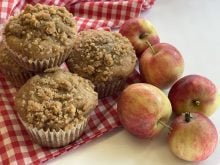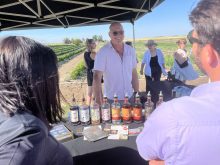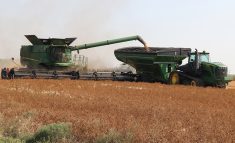The best defence against water that can make people or livestock sick
is a layered one.
The multi-barrier approach suggested by Darrell Corkal of the Prairie
Farm Rehabilitation Administration includes: protecting the water
source from contamination; oxidation to remove iron and manganese;
sedimentation and filters to clear out large particles; an ion
exchanger to deal with the hardness of the water; disinfection to kill
bacteria; and frequent monitoring.
Power fluctuations can affect the various processes, so he said the
Read Also

Alberta honey business ‘thrives’ despite bumpy beginnings
Thrive Honey showcases its honey production in market where Alberta produces 40 per cent of all honey produced in the country
equipment should be inspected weekly to ensure it is working properly.
While membrane osmosis filtration is a good process, Corkal said it
only works with ultra clean water and half of the water volume is
rejected.
He also warned farmers not to rely on household devices because these
are not regulated and may not perform as advertised.
“A treatment device can make you sick if they’re not applied or used
properly.”
To protect and maintain the purity of well water, people should
periodically do a shock chlorination treatment. That not only kills
bacteria that can affect health, but also kills bacteria that can foul
the well’s filter.
“Water quality treatment is only as effective as its weakest link.”
Don’t over-pump the well because it can start a buildup of slime or
scale once the water level is below the screen. Consider installing a
cistern to hold water for peak demand periods. Dugouts should be
aerated year round. If the water is not being moved around, dugouts are
merely stagnant ponds, said Corkal.
For more information check PFRA’s website at www.agr.gc.ca/pfra.
















